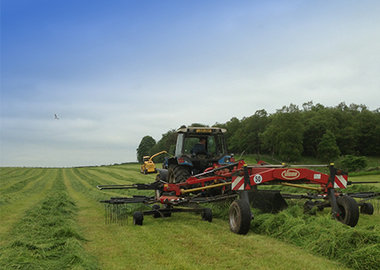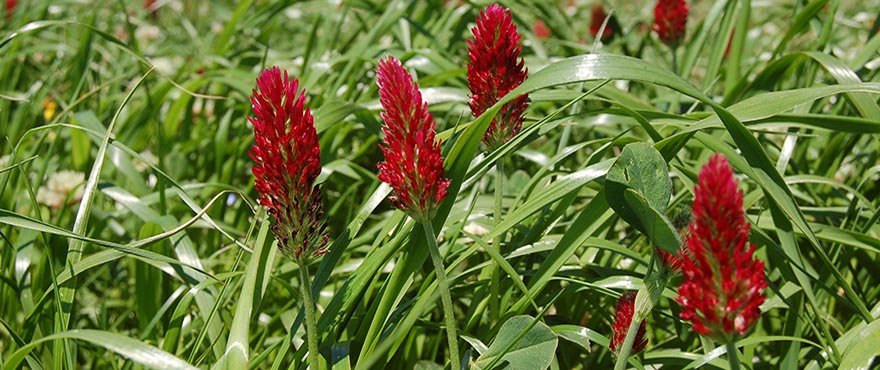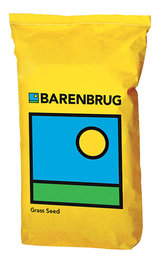
Resources
Discover our agriculture and farming resources


Ley Length: Short
For Cutting & Grazing
Red clover is high in phytoestrogen and all breeding sheep should be kept off for six weeks either side of tupping. Store lambs can be fattened very effectively on red clover silage aftermaths. Always maintain a soil pH of at least 6.0 and P & K indices of 2 for optimal clover content and health.
Red clover is high in phytoestrogen and all breeding sheep should be kept off for six weeks either side of tupping. Store lambs can be fattened very effectively on red clover silage aftermaths. Always maintain a soil pH of at least 6.0 and P & K indices of 2 for optimal clover...
Red clover is high in phytoestrogen and all breeding sheep should be kept off for six weeks either side of tupping. Store lambs can be fattened very effectively on red clover silage aftermaths. Always maintain a soil pH of at least 6.0 and P & K indices of 2 for optimal clover content and health.
Always maintain a soil pH of at least 6.0 and P & K indices of 2 for optimal clover content and health.
Always maintain a soil pH of at least 6.0 and P & K indices of 2 for optimal clover content and health.
Always maintain a soil pH of at least 6.0 and P & K indices of 2 for optimal clover content and health.

Discover our agriculture and farming resources